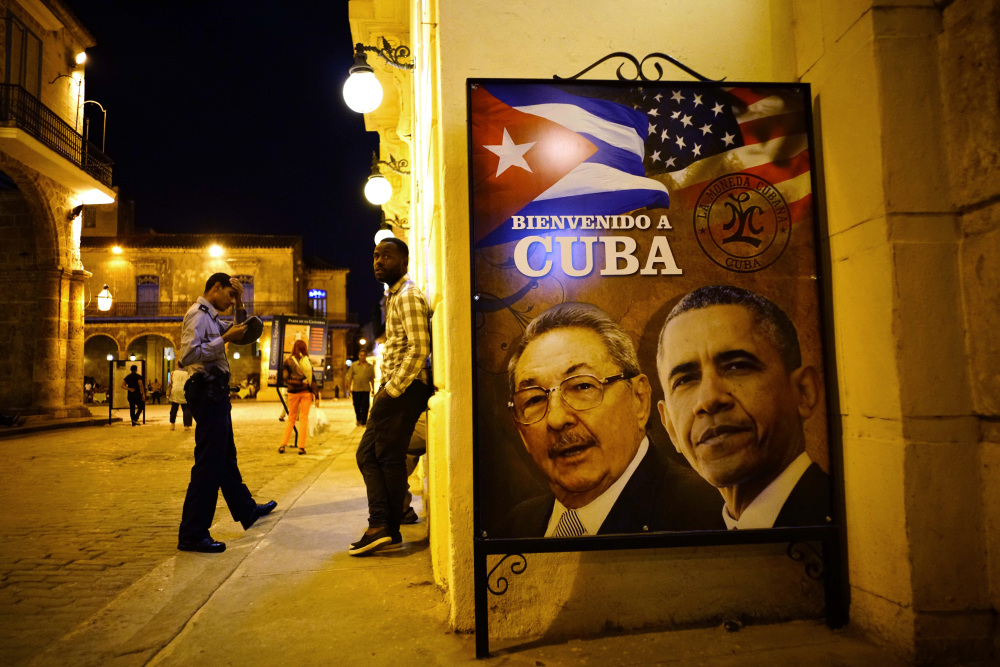President Obama’s arrival in Cuba on Sunday will provide the most vivid manifestation yet of the foreign policy he has championed since taking office more than seven years ago: a world in which the United States sets aside historic feuds to broker a more stable global order.
But after he leaves Tuesday afternoon, island residents will still be coping with many of the same problems they have faced for decades: a faltering economy; a strict, one-party political system with little tolerance for dissent; and emigration of talented professionals.
As Obama – with hundreds of staff, reporters, business leaders and members of Congress in tow – tries to repair more than a half-century of enmity between the United States and the small but defiant adversary 90 miles from its shores, the administration is betting it will lead ordinary Cubans to do, in the words of White House Deputy National Security Adviser Ben Rhodes, “extraordinary things.”
“We believe that by opening up space … for exchange, dialogue, connectivity, commercial opening, entrepreneurship, exchanges with civil society, that will help empower the Cuban people to live better lives,” Rhodes told reporters Wednesday. They will “be more connected not just with the United States but with the wider world,” he said.
In Havana, there was palpable excitement in the streets, many of them newly paved for Obama’s arrival. In the weeks leading up to the visit, the city has had an unprecedented makeover, with government-dispatched work crews painting over worn-out building façades and patching potholes.
An extensive shutdown of the city’s main thoroughfares is planned for the first family’s visit, adding to the aura of something big and unprecedented.
“I never thought I would see this in my lifetime,” said Manuel Pino, 44, a barber who on Friday morning recorded a video on his cellphone of Obama’s armored limousine making a practice run around the tight corners of a gas station near his house.
“The guy deserves recognition for this,” Pino said of the trip. “I think it took a lot of courage.”
But normalization is a two-way process, and in the 15 months since Obama and Cuban President Raúl Castro announced the countries would reestablish ties, official Cuba has been somewhat less speedy than the United States to implement changes.
“Everything is changing in Cuba,” said Carlos Alzugaray, a retired Cuban diplomat and professor at the University of Havana. “But it’s changing according to Cuban terms” – or at least according to terms set by the communist government.
The result has been a mixed picture of progress. Long-term political prisoners now number in the low dozens – greatly reduced from years past. Opposition demonstrations, once rare events with few participants, are now regular, well-attended occurrences. But many protests are interrupted by security services, and there has been a sharp increase in short-term detentions, lasting a few hours or days.
House Speaker Paul D. Ryan, R-Wisconsin, denounced the trip in a statement Thursday. Cuba’s government, he said, remains “a regime that provides safe harbor to terrorists and fugitives.” Ryan added that he did not think Obama “will bring up the need for reform during his visit,” even though the White House has pledged to do so.
Send questions/comments to the editors.



Comments are no longer available on this story